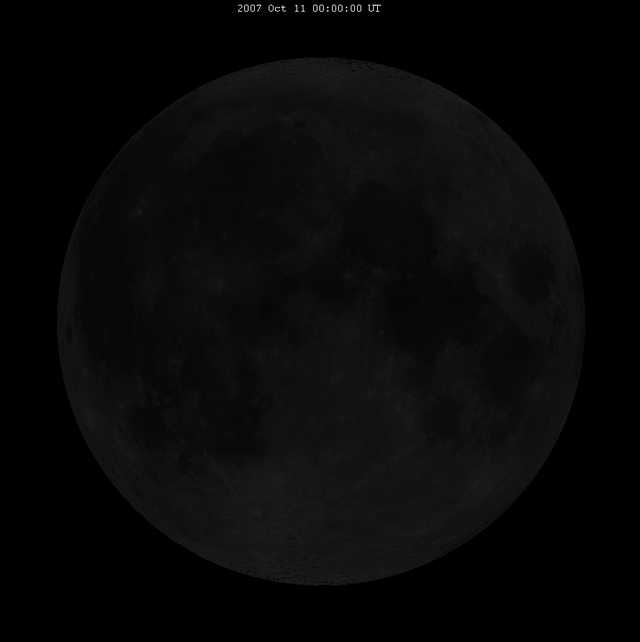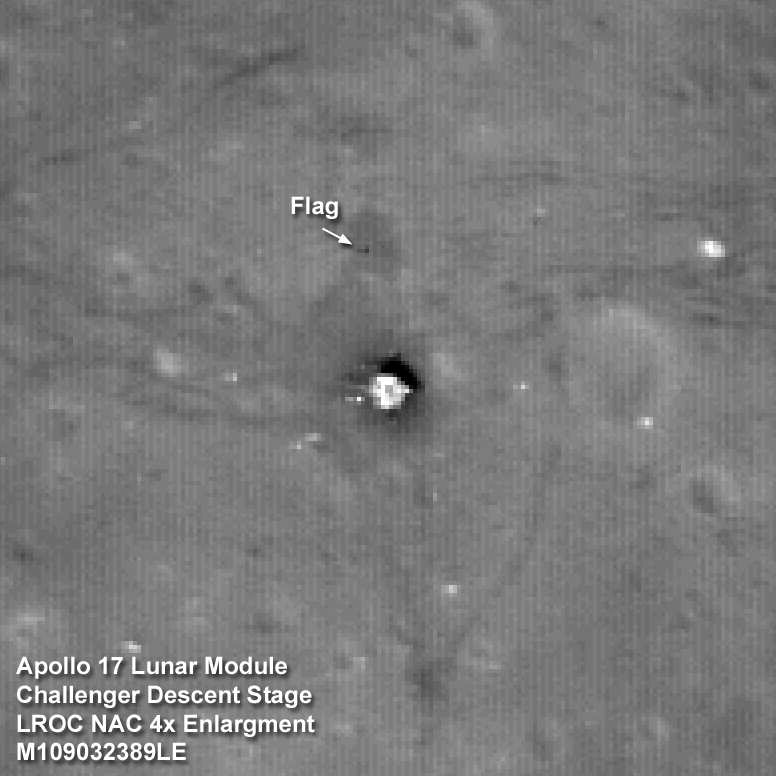2009-11-07
Moon Bombs: Top 5 Reasons The Moon Is Safe From Us
So, did LCROSS really bomb the Moon like all those people say?Well, I wouldn't really say the use of the word 'bomb' is accurate here. Put into perspective, it would be a stretch to say we barely even tickled the Moon. Just like Earth, the Moon is struck by several tons of material every day, only without an atmosphere to protect it the Moon receives all of the impacts on its surface. We see shooting stars all the time, and all of these are objects that literally burn up before they get a chance to hit the ground. The object is vaporized, and that vapor is added to the Earth becoming part of our atmosphere, which grows a little bigger each day. The Moon grows a little bigger too. And what was the percentage LCROSS (Lunar Crater Observation and Sensing Satellite) added to the Moon? Well, let's just say the number is so small that it begins with a lot of zeros.
The Phases and Libration of the Moon
So, what are the top 5 reasons the Moon is safe from us?
1) - We're tiny. Even though the Moon is smaller than the Earth, we are so tiny as to be almost insignificant in comparison. Even with our most powerful telescopes in orbit pointing at the surface we still have to squint really really hard (metaphorically squint, of course) to even see the stuff we left there over the years. We can build huge rockets, but the payloads we send there are on a magnitude that makes the word tiny too big to describe us. Seriously, we're tiny!
2) - We're not actually bombing it. It might make good headlines to say that we are bombing the Moon, but we just plainly and simply are not. There are no explosives involved, and the intent is for science gathering rather than malicious attack. And even if we were to mount a Space 1999-like nuclear attack on the Moon, it would shrug off everything we threw at it, just like it has done many times before with huge impacts from the cosmos.
3) - The Moon is on its own path to destruction. It may take some time, like a few million years, but the Moon will one day leave the comfort of orbiting the Earth and join the rest of the planets orbiting the Sun. The Moon gets farther away from us by about 2.16cm per year, and it has been doing so since the Earth/Moon system began. The Earth will be completely different by the time we notice the Moon has left though, as continental drift and plate tectonics will have likely consumed the current land masses and created new lands for us to roam - if we are still even here. Given our current level of technology, we don't have the capability to prevent the Moon from leaving us - it's just too big!
4) - It's a lump of rock! Sorry to sound so cold, but it really is just a big lump of rock. We humans - and maybe wolves - may have some sentimental attachment to its glowing fullness, but that's just because we like shiny things. When all is said and done, the Moon is just a big lump of rock that shines because it is lit by the Sun and we are close enough to see it.
5) - The Moon has survived much worse. The largest impact crater on the Moon is the Aitken basin on the far side of the Moon, at 2250 km in diameter and 12 km deep, which also makes it the the largest known impact crater in the solar system. Even this impact didn't hurt the Moon. Our pathetic tickling is minuscule in comparison to everything that the poor old Moon has had to put up with over the last few billion years. So minuscule in fact that we would have more cause to worry about the speed of our car being changed by a bug hitting the windshield, which by the way is on the order of thousands of times more powerful in relative terms.
Lets face it, this is nothing more than a delusion of grandeur. A failure to comprehend scale on a phenomenal level. A very common and prevalent misconception that we are so much bigger than we really are. The Earth and Moon are spherical because their own mass is sufficiently large to allow gravity alone to pull it into the least resistant shape. The probe that struck the Moon was the size of a bus. Think about that in terms of mass, and then think of how much bigger that bus would have to be for its own gravity to pull it into a sphere.
The LROC - Lunar Reconnaissance Orbiter took the above picture which shows the remnants of the Apollo 17 mission, including the lander base and American flag. Even a craft in orbit around the Moon with the highest resolution equipment available can just about see our handiwork. Aside from further proof that we actually went to the Moon, this picture shows just how small and insignificant we are. The universe cares not a jot what we do to it, not because it doesn't have intelligence, but because everything we have ever done on our pale blue dot of a world is barely noticeable against the solar system, against the galaxy, and against the vastness of universe itself.
Happy Infinitesimalness Spacers!
SpaceHead
Subscribe to:
Post Comments (Atom)






1 comments:
Web design
very useul, thanx a lotfor this article -- This is exactly what I was lokoing for.
Post a Comment